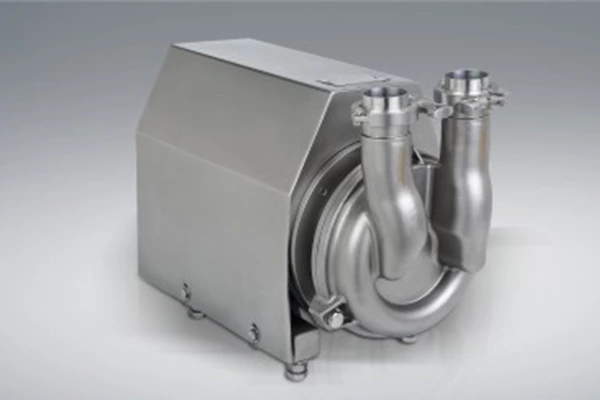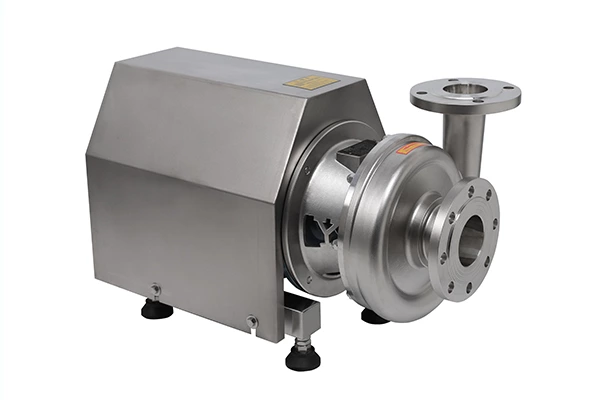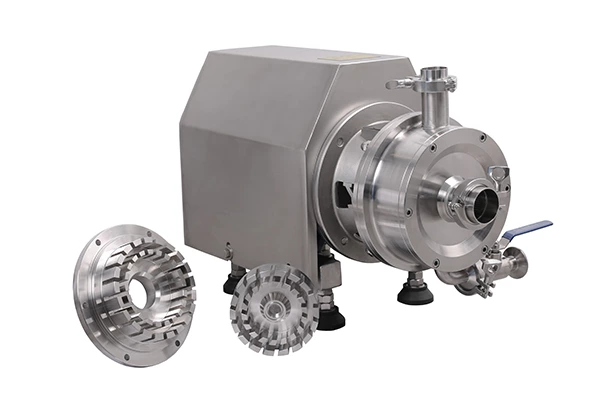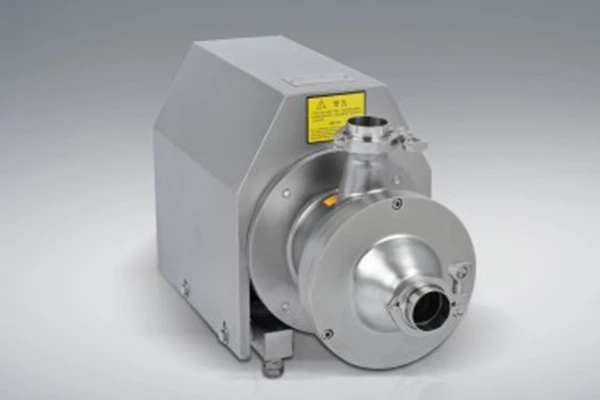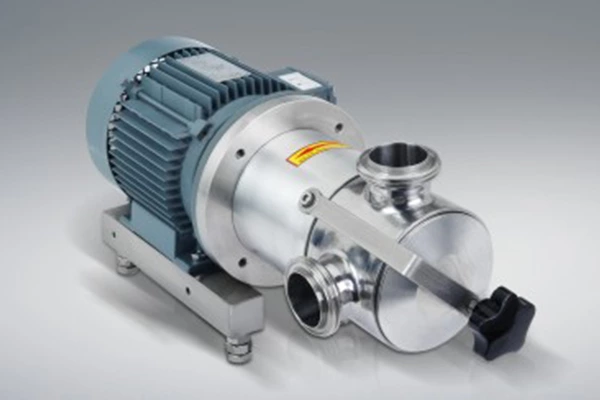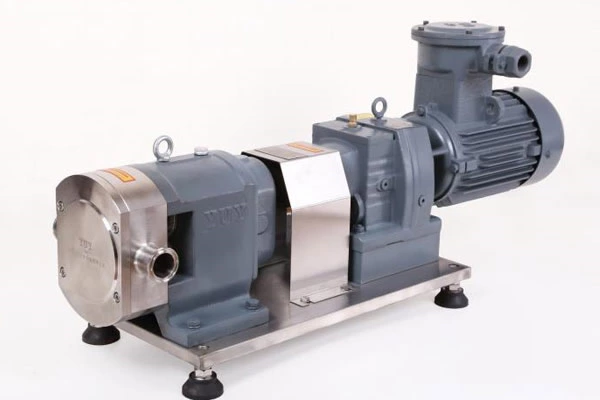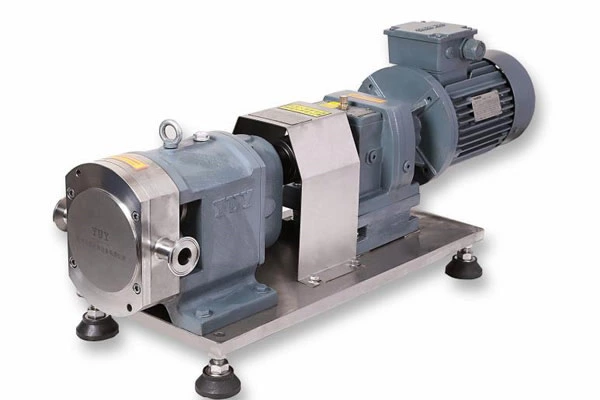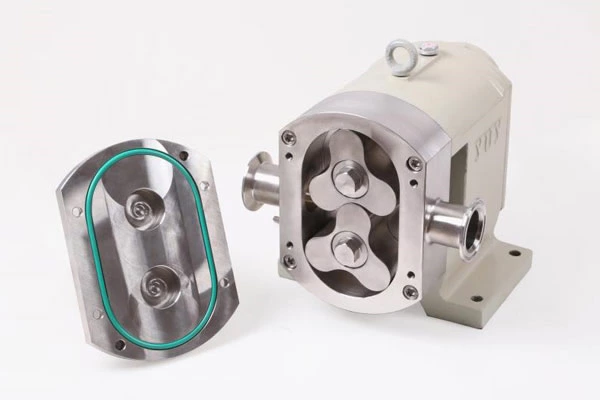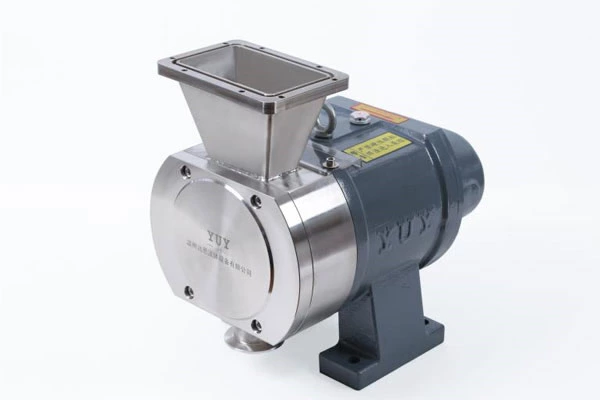Application Knowledge Of Cip Return Pump
CIP Return Pump adopts a unique impeller structure and a new mechanical seal, which can effectively transport solids and long fibers. Compared with traditional impellers, the impeller of this pump adopts a single-channel or double-channel form. It is similar to a curved pipe with the same cross-section size and has very good flowability. With a reasonable volute, the pump has high efficiency and the impeller has been tested for dynamic and static balance. The sewage lifting pump makes the pump vibration-free during operation.
Characteristics and application knowledge of CIP return pump:
1. Before using the CIP return pump, carefully check whether the fasteners are loose or falling off, and whether the pump is deformed or damaged during transportation, storage, and installation.
2. After the CIP return pump is started, the rotation direction is counterclockwise from the water inlet. If the electric pump reverses, just swap the wiring position of any two-phase line in the cable.
3. The CIP return pump and pipeline should have their own supports, and the weight of the pipeline shall not be applied to the pump.
4. If a check valve is installed on the discharge pipeline of the CIP return pump, it should be installed outside the intermediate valve.
5. For the convenience of maintenance and safety of the CIP return pump, a regulating valve is installed on the inlet and outlet pipelines of the pump and a pressure gauge is installed near the pump outlet to ensure that the pump operates within the rated head and flow range, ensure the normal operation of the pump, and increase the service life of the water pump.
6. The CIP return pump shall not operate the electric pump in a low head state for a long time (generally, the use head shall not be less than 70% of the rated head), and can be controlled within the recommended use head range to prevent the pump from burning the motor due to overload.
7. The CIP return pump should not be operated under cavitation conditions to increase the service life of the pump. It is strictly forbidden to operate the water pump without liquid, otherwise it is very easy to burn the mechanical seal.
8. When the parts of the CIP return pump are made of cast iron, they should be prevented from being broken when installed outdoors in winter. When the temperature is particularly low, they should be insulated. When installing the pipeline sewage pump, the anchor bolts must be tightened to prevent the vibration from affecting the pump performance during startup.
9. When the pipeline sewage pump is transporting high-temperature liquid, in order to prevent the pump from being subjected to thermal deformation of the pipeline, the base bolts of the pump seat should not be fixed. When the pipeline system expands and contracts, the pump can move with the pipeline.
10. The inlet and outlet connection flanges of the CIP return pump are designed according to the 684216-84 standard, and the pipeline flange should be equipped with the same regulations.
11. After the pipeline sewage pump is installed, the pump shaft should be moved, and there should be no friction or stuck phenomenon on the impeller. Otherwise, the pump should be disassembled for inspection and maintenance.
12. Before installing the CIP return pump, check the tightness of the water pump and the motor and whether there is any damage.
CIP reflux pump is a new generation of pump products developed by Pacific Pump based on the introduction of foreign advanced technology and the use characteristics of domestic water pumps. It has the characteristics of significant energy saving, anti-winding, no clogging, automatic installation and automatic control. CIP reflux pump has a unique effect in discharging solid particles and long-fiber garbage.
